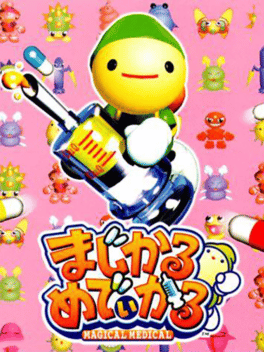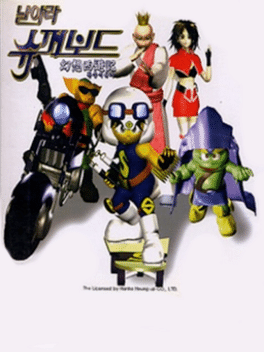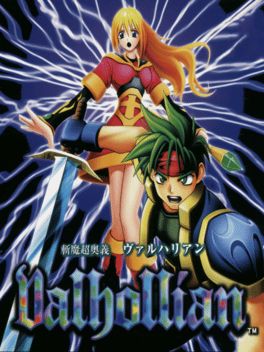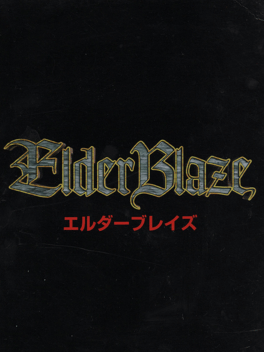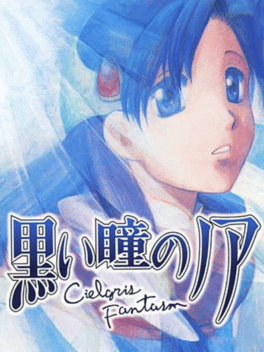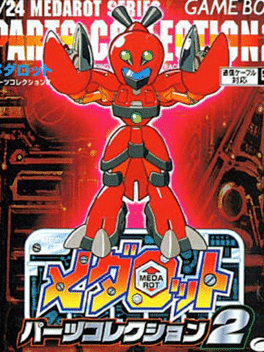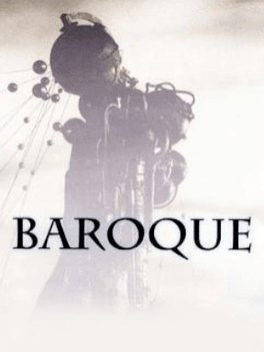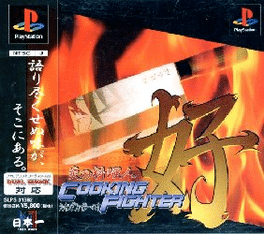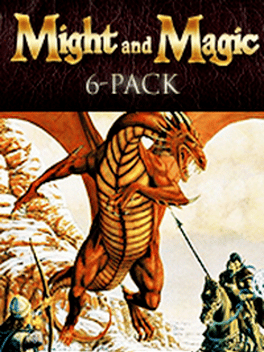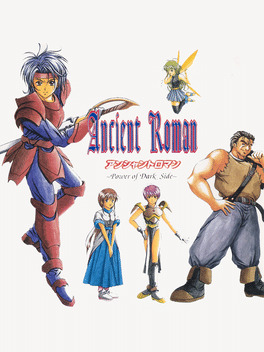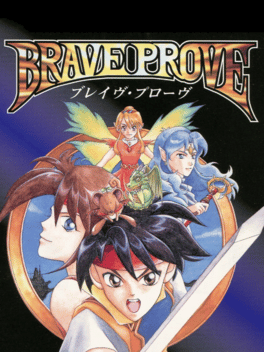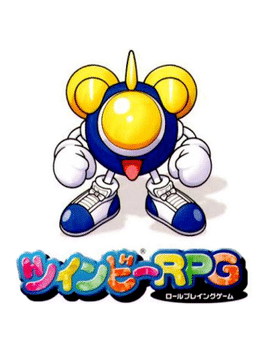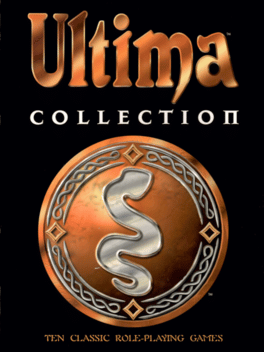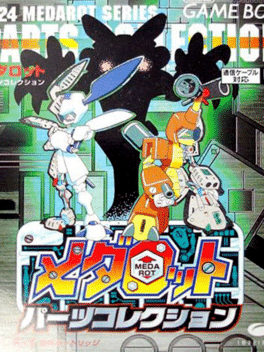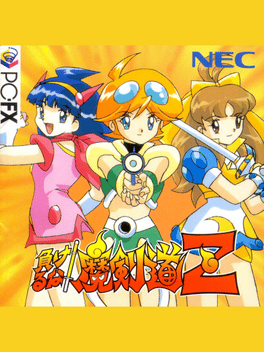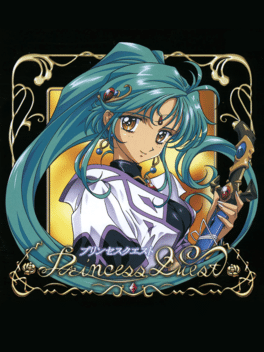New Role Playing Rpg Games - Page 240
-
Magical Medical
1998
Magical Medical
1998
Magical Medical is a RPG video game published by Konami released on September 10th, 1998 for the Sony PlayStation. -
Elder Blaze
1998
-
Lunar 2: Eternal Blue Complete
1998
star 8.3The enchanting world of LUNAR comes to life once more in the enhanced PlayStation game console version of the classic RPG sequel. Join freewheeling Hiro and the adorable Ruby, a thousand years after the events of LUNAR: Silver Star Story, as they work to unlock the secrets of the Blue Spire... and the strange young girl they found within it! But be careful - dark forces are trying to revive the evil Zophar, and immerse LUNAR in darkness forever. Journey to distant lands in the search of the Goddess Althena, who may be the only one powerful enough to stop Zophar. Along to way, you'll meet exciting new caracters, fight vividly animated monsters, traverse snow-covered mountain peaks, and crawl throught slimy dungeon depths as you wind your way toword the terrifying climax! LUNAR 2 features almost an hour of detailed animation sequences and over 90 minutes of dialogue packed onto three CDs... so what are you waiting for? Go ahead, you deserve to be the hero for once! -
Kuroi Hitomi no Noir: Cielgris Fantasm
1998
Kuroi Hitomi no Noah: Cielgris Fantasm plays mostly like traditional Japanese-style RPGs such as Breath of Fire: the protagonist travels on the map and interacts with various people, and in her travels, also encounters monsters that she must fight. The encounters are typical turn-based battles in which the player assigns actions to be performed by the party members. However, Noah has the ability to befriend monsters and can recruit them when they have been weakened. They can then be summoned in battle to fight alongside the party members. At the end of battle, the participating members and monsters gain experience points to increase their level. -
Medarot Parts Collection 2
1998
Medarot Parts Collection 2 is the second add-on game for Medarot 1 released for the Game Boy in 1998. It's a side game where the player Robottles their way through a tower and collects parts, which can then be traded to the main game. -
Baroque
1998
Baroque
1998
Baroque is horror-themed action game with elements of survival gameplay. The whole game is set in the tower: you slowly work your way to the top, fighting demons as you progress. You have HP as well as stamina gauge. If your stamina is depleted, you walk slower and can't react well in a battle. -
Honoo no Ryourijin: Cooking Fighter Hao
1998
Chinese cooking themed action/rpg game released for the Sony Playstation by Nippon Ichi Software in 1998. It features a story and versus mode. -
Selection I & II
1998
-
Might & Magic Collection
1998
From the deepest dungeons to the intrigues of the royal court, lead a band of adventurers on a dangerous journey of amazing depth and intelligence. Develop your characters through an unique skill point system and take part in an epic clash between the Ancients. Gather your forces, forge new allegiances and destroy all who oppose you. The fate of the world is in your hands! Might and Magic is one of the most recognized RPG series, offering hundreds of hours of gameplay and is considered a genre defining example. Experience the Legend! -
Ancient Roman: Power of Dark Side
1998
A PS1 RPG with 3-D models and pre-rendered backdrops, Ancient Roman was released in 1998 by Nihon System, but exploded into internet infamy in the late 2010s as word of the game began to spread through Japanese gaming circles. It is now widely considered to be one of the worst RPGs ever made by Japanese retro gamers. -
Brave Prove
1998
-
TwinBee RPG
1998
TwinBee RPG
1998
A role-playing spinoff to the TwinBee shoot-em-up series in which a new protagonist is summoned to Donburi Island to serve as a temporary pilot for TwinBee following the mysterious disappearance of TwinBee's regular pilot Light. -
Waku-waku Puyo Puyo Dungeon
1998
Waku-waku Puyo Puyo Dungeon is a roguelike dungeon crawler featuring characters from the Madou Monogatari and Puyo Puyo franchises. -
The Ultima Collection
1998
The worlds of Ultima await you in this special collection of 10 games designed by Richard Garriott, also known as Lord British, the creator of the Ultimate series. The Ultima Collection Includes: Utima I: The First Age of Darkness Ultima II: The Revenge of the Enchantress Utima III: Exodus Ultima IV: Quest of the Avatar Utima V: Warriors of Destiny Ultima VI: The False Prophet Ultima VII: The Black Gate Ultima VII Part 2: Serpent Isle Ultima VIII: Pagan Akalabeth * Bonus Software: Akalabeth. The first game Richard Garriott ever designed. Akalabeth became the catalyst that spawned 17 years of Ultima fantasy Role-Playing tradition. * Ultima Atlas This 16 page atlas is a complete compilation of the navigational maps originally packaged with each Ultima game. * Exclusive Interviews. These revealing never-before-seen interviews with Lord British, Richard Garriott's alter ego, offer a perspective on the Ultima series and a first look into the next game, Ultima: Ascension. -
Medarot Parts Collection
1998
Medarot Parts Collection is an add-on game for Medarot 1 released for the Game Boy in 1998. It's a side game where the player Robottles their way through a tower and collects parts, which can then be traded to the main game. -
Makeruna! Makendou Z
1998
-
Princess Quest
1998
Princess Quest
1998
Princess Quest is a Japanese video game published in 1998 for the Sega Saturn system. It was subsequently ported to PC under the title Princess Quest R. -
Daikaijuu Monogatari: The Miracle of the Zone
1998
The first game in the Kaijuu Monogatari series for the Gameboy.
